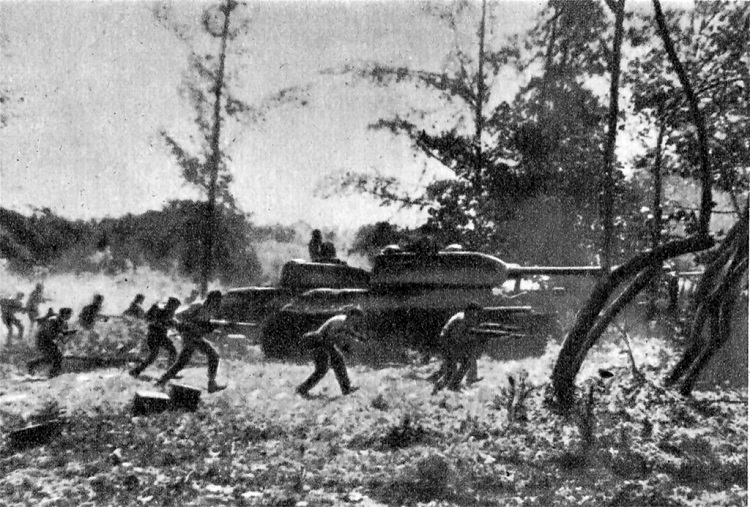
The Bay of Pigs Invasion was a failed military landing operation on the southwestern coast of Cuba in 1961 by Cuban exiles, covertly financed and directed by the United States. It was aimed at overthrowing Fidel Castro's communist government. The operation took place at the height of the Cold War, and its failure influenced relations between Cuba, the United States, and the Soviet Union.
In December 1958, American ally General Fulgencio Batista was deposed by Castro's 26th of July Movement during the Cuban Revolution. Castro nationalized American businesses including banks, oil refineries, and sugar and coffee plantations then severed Cuba's formerly close relations with the United States and reached out to its Cold War rival, the Soviet Union. The Central Intelligence Agency (CIA) began planning the overthrow of Castro, which U.S. President Dwight D. Eisenhower approved in March 1960. Cuban exiles who had moved to the U.S. following Castro's takeover had formed the counter-revolutionary military unit, Brigade 2506, which was the armed wing of the Democratic Revolutionary Front (DRF). The CIA funded the brigade, which also included some U.S. military personnel, and trained the unit in Guatemala.
President John F. Kennedy became aware of the invasion plan after winning the election in November 1960, came to the conclusion that Fidel Castro was a Soviet client who posed a threat to all of Latin America, and after consulting with his advisors, gave his approval for the CIA-planned covert invasion of Cuba to proceed. The attack, which was launched from Guatemala, was doomed almost immediately. Brigade 2506's components arrived in the Bay of Pigs on April 17, 1961, and were defeated within 2 days by Cuban armed forces under the direct command of Castro.
Because of the invasion's failure, Castro's government was better positioned to openly declare its goal to adopt socialism and pursue deeper connections with the Soviet Union. It also prompted the Kennedy administration to review its approach toward Cuba. To investigate the reasons for the defeat at the Bay of Pigs, the President formed a committee led by former Army Chief of Staff General Maxwell Taylor and Attorney General Robert Kennedy.
This review and policy evaluation, which was started in May 1961, resulted in the decision to launch Operation Mongoose, a new covert program in Cuba, in November of that same year. The National Security Council's 5412/2 Special Group, which was enlarged to include General Taylor and Attorney General Kennedy, oversaw Operation Mongoose.
Operation Mongoose was intended to succeed where the Bay of Pigs invasion fell short by overthrowing Cuba's communist Castro government. Operation Mongoose was a collection of initiatives with a broad range of goals and a broad scope that were coordinated by the CIA and the Department of Defense under the leadership of Edward Lansdale. Attorney General Kennedy was given a briefing on the Project's six phases by Lansdale on February 20, 1962, and President Kennedy was given the same information on March 16. Lansdale described a concerted plan for military, intelligence, sabotage, and political assassination attempts against Castro and other important political figures. Monthly actions to undermine the communist government were to be taken, such as the dissemination of anti-Castro propaganda, the provision of weapons to fervent opposition groups, and the establishment of guerilla bases across the nation. These actions were to build up to plans for a military invasion of Cuba in October 1962. 1962 saw the deployment of some (but not all) of the Operation Mongoose measures, but no military intervention took place, and the Castro regime remained in power.
Operation Mongoose failed to accomplish its primary objectives, although not being as large a U.S. foreign policy failure and disgrace as the Bay of Pigs invasion. Meanwhile, U.S. intelligence reports during the spring and summer of 1962 suggested increased armament shipments from the Soviet Union to Cuba. The Kennedy administration suspended Operation Mongoose in October 1962 in response to this far more serious threat, which led to the most perilous confrontation between the United States and the Soviet Union during the Cold War, as Washington's worries about whether the Soviet weapons being introduced into Cuba included ballistic missiles with nuclear warheads grew.